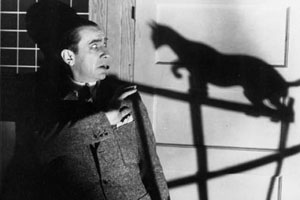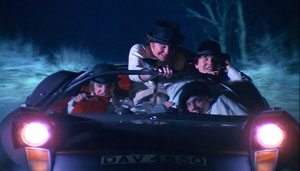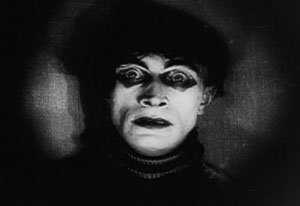

Light has become an integral part of the storytelling of a film. Natural, artificial or coloured, light creates the mood, emotion, atmosphere, and cultural, social or geographical identity of a film. The history of its development demonstrates the cross-pollination of techniques used between the various artistic expressions: painting, photography, graphic art, theatre, music, and film. Thus, cinematic lighting techniques and theory became more sophisticated as the subject of light was enriched with symbolism used in other art forms. This progression can be traced in parallel with the change in dystopic films from the Dr. Caligari era to the more sophisticated and complex narratives of Brazil or Blade Runner. Specifically, there are two very relevant aspects of cinematic lighting history that are reflected in the growth and increasing sophistication of the production of dystopic films:
-
The translation of two dimensional lighting conventions of paintings and graphic art onto the cinematic screen and the mutation of those conventions used in the static planes into something that suits the dynamic and dramatic effects in a film.
-
The maturing nature of dystopic storytelling runs parallel with the growing complexity and variability of lighting techniques. The filmmakers moved beyond the scary-shadow-with-backlighting combo to something more complex, where lights take on various symbolic meanings in the films and their colours were carefully integrated into the narrative and themes.

